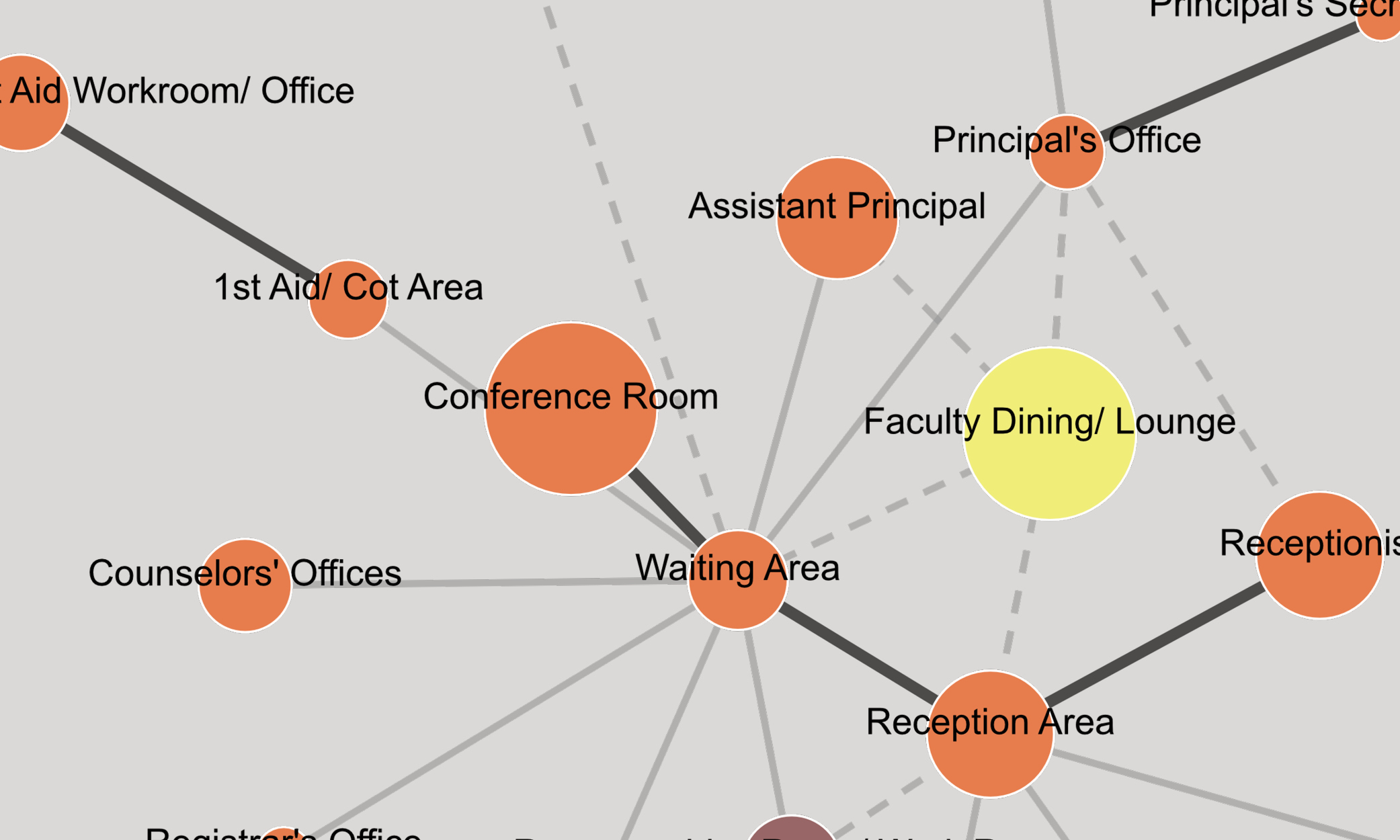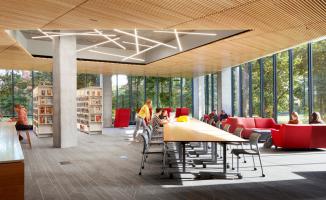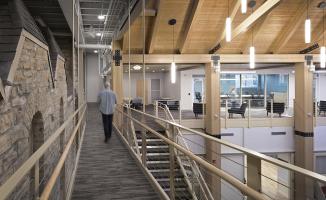Enhancing the Programming Process with Cuningham’s Space Planning Toolkit

Space planning, the process by which designers seek to understand a project’s uses, activity areas, and relationships between spaces, is fundamental to holistically realizing a client’s spatial needs, project size, and functional/organizational or operational requirements.
Cuningham’s newly created Space Planning Toolkit greatly enhances this process — streamlining best practices and facilitating project success by clarifying clients’ project requirements.
Check out the video below for demonstration of how these tools enhance programming and space planning at Cuningham.
Compared to conventional software and workflows, the toolkit is more graphically appealing, intuitive and legible, and built specifically for the task. Spatial diagrams are directly tied to the underlying data, thus reducing the likelihood of discrepancies.
Not only does Cuningham’s toolkit make the often-unglamorous data management work during the programming stages of a project more efficient, it also makes process more visually engaging by translating data to color coded graphics. This helps planners better understand the underlying data and minimizes the time and often tedious setup for programmers and designers. The graphical results also enhance engagement and collaboration with Clients, Owners and User Groups.
Streamlining the process
In 2017, a Cuningham study of programming processes illustrated just how varied the documentation and data structures of programming efforts can be. An application that organizes every project’s planning data in a similar format creates the potential for us to compare projects against one another, analyzing historical data and projects throughout a portfolio of work more rigorously.
As a bonus, the consistent data structure enables us to build scripts and add-ons for other design software that can reliably transfer space planning data into later phases of the design process without any manual data entry that is often error-prone and time intensive.
As part of the Pre-Design and/or Programming phase of a design project, space planning is just one piece of the process. Partnered with other qualitative and experiential focused planning techniques – the Toolkit’s efficiencies allow us to effectively develop and document programmatic data, test adjacency and relationship scenarios; and focus time on the differentiating solutions that achieve bespoke, resilient solutions for our clients and the projects inhabitants.



